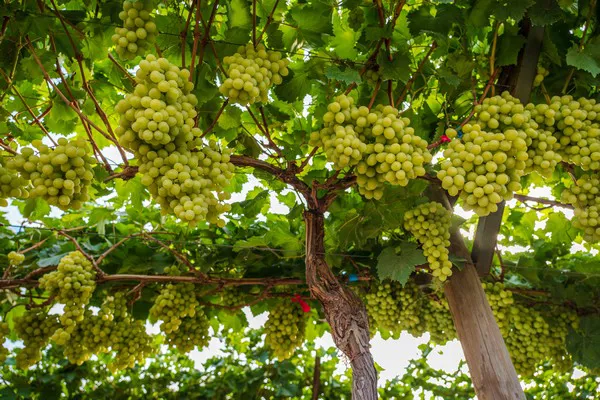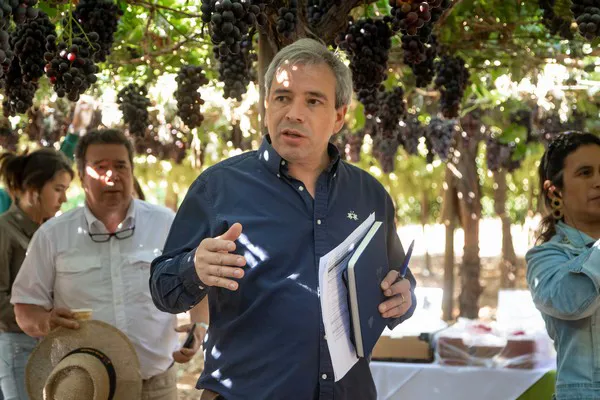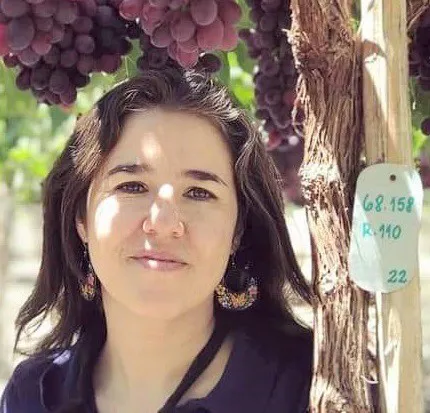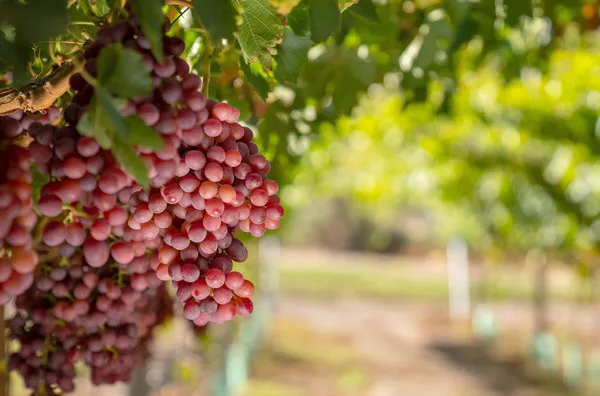The table grape sector is hurt and producers have not had a good time for several years, perhaps decades. The sector, which usually has been affected by different growing issues -such as drought, labor availability, the emergence of other producer countries (such as Peru and India), changes in consumption, the emergence of new species that are affecting the global table grape market, and greater demands for certifications-, is now also being affected by more recent problems, such as logistics issues and the rising costs of imported products.

Part of the solution to these issues is implementing new varieties; that's why the sector is testing several varieties, both foreign and domestic. The work of the genetic improvement programs is and has been fundamental in the table grape industry's process of adopting new varieties. We discussed how this varietal change affects small and medium agriculture with four actors of these programs:
Kurt Neuling, manager of the Regional Strategic Sustainable Fruit Program of Valparaiso, Perfruts, believes that it is necessary to validate the new varieties in the field before their escalation, thus supporting producers, especially those who do not have the means. "Associativity is fundamental and the support of suppliers and academia are undoubtedly key aspects of sustainability."

According to Rodrigo Cruzat, manager of Biofrutales, “the associativity to deal with technical problems and even to build a market is more valid than ever. The MiFruta group, located in the commune of San Esteban, Province of Los Andes, has taught us an important lesson. It is an example of a group of several small farmers coming together to address common challenges by working collaboratively in the production and marketing of their products. Those of us who work on offering new varieties must continue our efforts to provide producers with information that minimizes their decision risks.”

The researcher of INIA La Platina, Paola Barba Burgos, Civil Engineer in Biotechnology, said INIA'S Grape Genetic Improvement Program (PMG) was selecting the best vines for the edaphoclimatic conditions of the national territory. "Researchers have evaluated these varieties under our country's changing conditions for years. That allows us to know, for example, how they behave in years with adverse or unexpected climatic phenomena."

Cristian Lepe, manager of the MiFruta company, said there was no doubt there will be a varietal change in table grapes. "Small producers will be able to access the best available technologies. The change, however, cannot be made overnight because it requires a lot of investment, and producers have to wait at least three years for the new plants to produce. The industry is asking for this change. Producers that don't understand this just don't understand the requirements of the industry.”
For more information:
INIA
www.inia.cl
